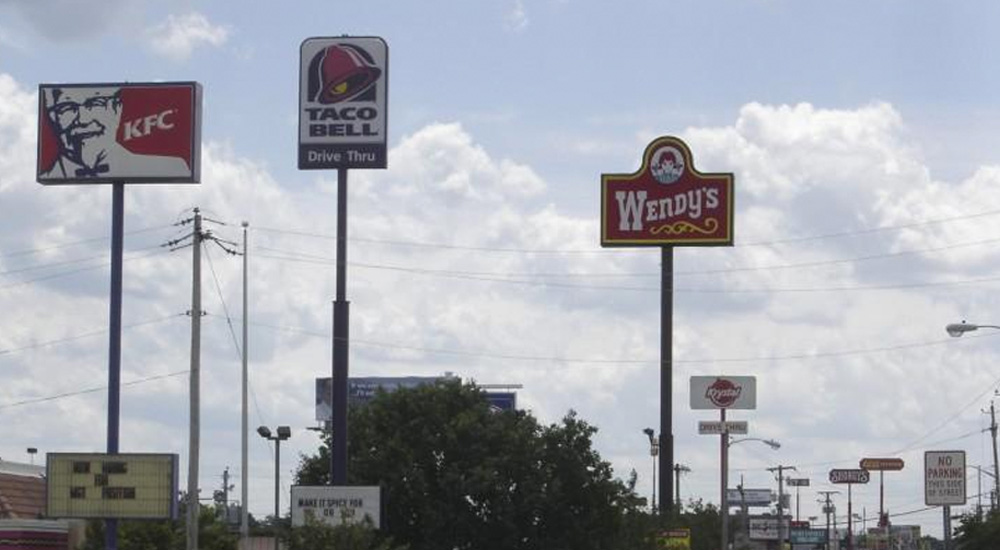This is a short Op-Ed style piece I wrote for the website Care2. A bit of a more personal take on why people should care about the quality of their surroundings (aka, the environment).

When I was in college, I used to drive down this quiet two-lane highway to Cincinnati. Cinci was the closest place from my small Midwestern college that was even close to happening. But the road was beautiful. Everything was laid out before you: old farmhouses, calm fields, large swaths of forest. That is, until you got about a half an hour outside Cincinnati, where the roadside became a crawling neon expanse of service stations and fast food chains. I tried to imagine how many people within a 30-mile radius really needed to eat hamburgers on a daily basis. Why’d they build so many of these places? It was just so unremittingly ugly.
I think about this a lot when I read all of the organized environmental arguments about why we need to do something about global warming – which of our practices cause the most greenhouse gases, the likely effects of doing nothing, the economic benefits of greening the economy, how to combat the powers that be, etc. – and I’m on board with most of this analysis intellectually, no question.
But the thing I hear so rarely from environmental and political organizations (okay, excepting Bill McKibben and some other individuals), the simple gut-smacking truth outside all the facts and figures and political this-and-that, is how tragic it is that the way we’ve used land these last 50 years has turned one of the most extraordinary continents on the planet into something ugly to be around. And that right there is the connection between aesthetics and greenhouse gases. Because all this extra ugliness needs enormous amounts of carbon-spouting energy to run: factory farms to grow and harvest pesticide-infested food, buildings upon buildings to sell the food, energy from coal to power the buildings, fences upon fences to protect the buildings, cars upon roads under cars to get people to the buildings, drab, energy inefficient subdivisions to house the people in the cars, and a propensity of electricity-sucking lights to keep it all illuminated (and the stars hidden from view).
Why am I doing all this hand wringing about our increasingly ugly communities? It’s not just aesthetics. It’s basically about motivation. People get quickly overwhelmed by the statistics and the factual debates over global warming. But if the call to action was more about making our towns places that once again please the eye and the spirit, you might see folks from all walks of life realizing they were environmentalists after all. You might see them out in the street making things happen. Not in Washington, but in their own towns, the places they can relate to best.
I mean, when you sit down to think about it, there’s no reason Ohio shouldn’t be as beautiful as Vermont. What I’d love to see from the environmental movement is a little less of an appeal to facts, figures, and political strategies (as important as they are) and more local organizing around beauty. It may actually be the most galvanizing and least naive thing to do.
What ugliness in your town should be changed? How could beautification positively impact greenhouse gas reduction?

